Challenge 2: Sustainable Homes of the Future – for People and Planet
Engineering without engines – Using ancient methods to improve the indoor environment
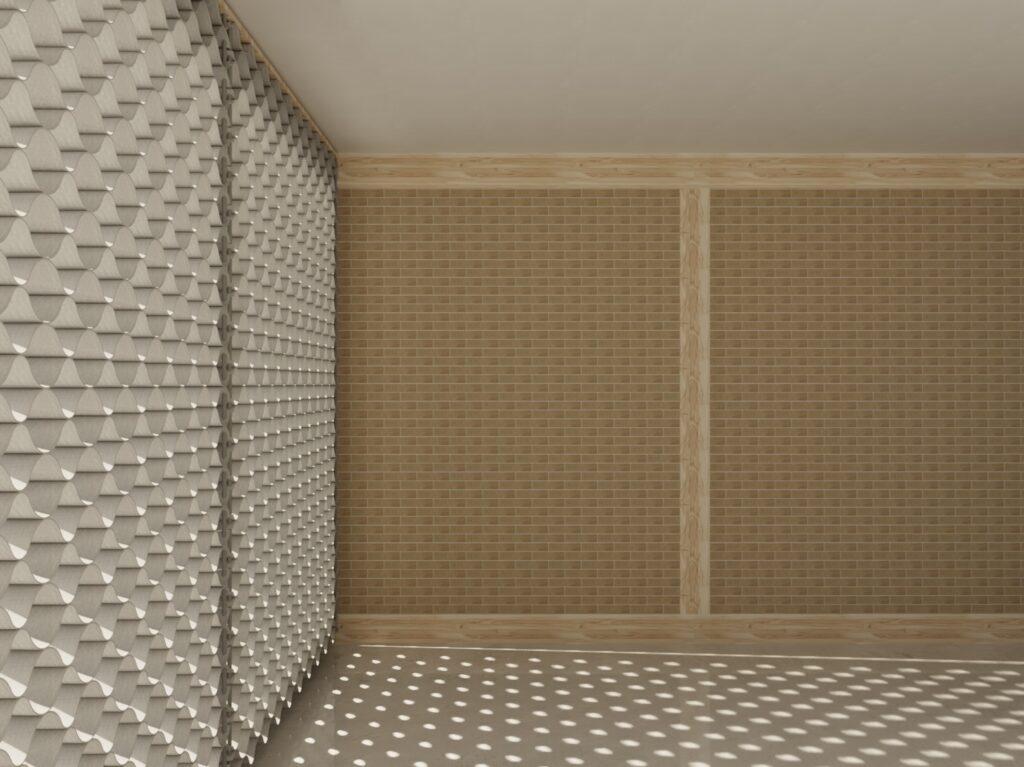
atmosphere+ for everyone

The idea in two sentences
This project aims to (re)integrate ancient methods for natural cooling and ventilation in existing buildings and thus provide a low-tech and affordable improvement of the indoor climate. The proposed concept includes a comb structure made from reused fabric that can be applied in individual homes, public institutions and commercial spaces.

The vision
“We have all the materials we need – they are already here. And true innovation can be created out of the materials we have. We just have to give them new values.”
Anders Lendager, Architect Lendager Group
We imagine a world where people have equal access to sustainable homes which are build in a way that they have a low impact on the environment. A healthy indoor environment is essential for our psychological well-being, concentration and creativity. With atmosphere+ we want to make it accessible for everyone.
The problems
Summer heat waves
The global warming affects every country in Europe and the summer heat waves allover the continent are expected to worsen in the future. This is why effective cooling and ventilation systems play a vital role in ensuring Indoor Environmental Quality (IEQ) in buildings. [1]

Increasing demand for air-conditioning
Worldwide, 1.6 billion air conditioners are in use and more and more units will be added as the population grows, gains wealth and heat waves become more intense and frequent. The International Energy Agency (IEA) estimates that globally, electricity demand for cooling will triple by 2050. By then, air conditioners will consume as much energy as China and India currently consume in total.
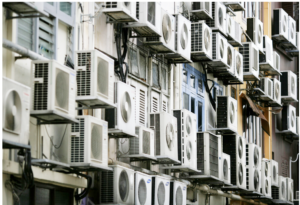
Waste production of the textile industry
Each year the world produces 92 million tons of textile waste. At the moment, only 20% of the discarded textiles are collected and only 1% of clothes are recycled into new fabrics. [2]

Who suffers from the current indoor climate conditions?
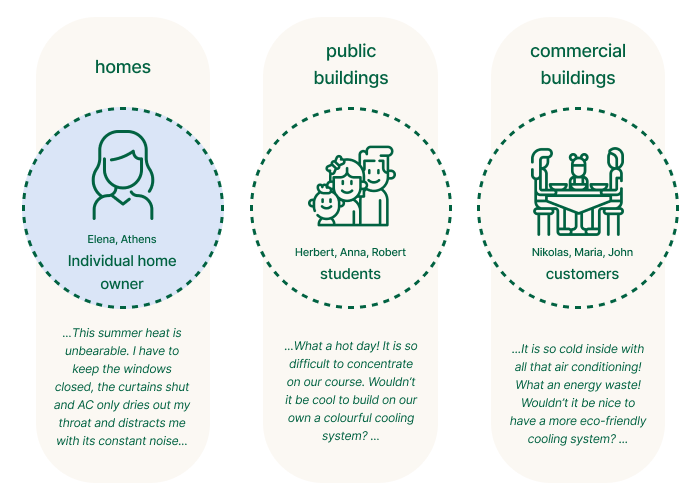
The concept
Lead by the the motto “Engineering without engines” the ancient methods of Venturi effect and evaporative cooling are combined to provide a low-energy and low-technology solution that improves the indoor climate during the summer months.
Evaporative cooling
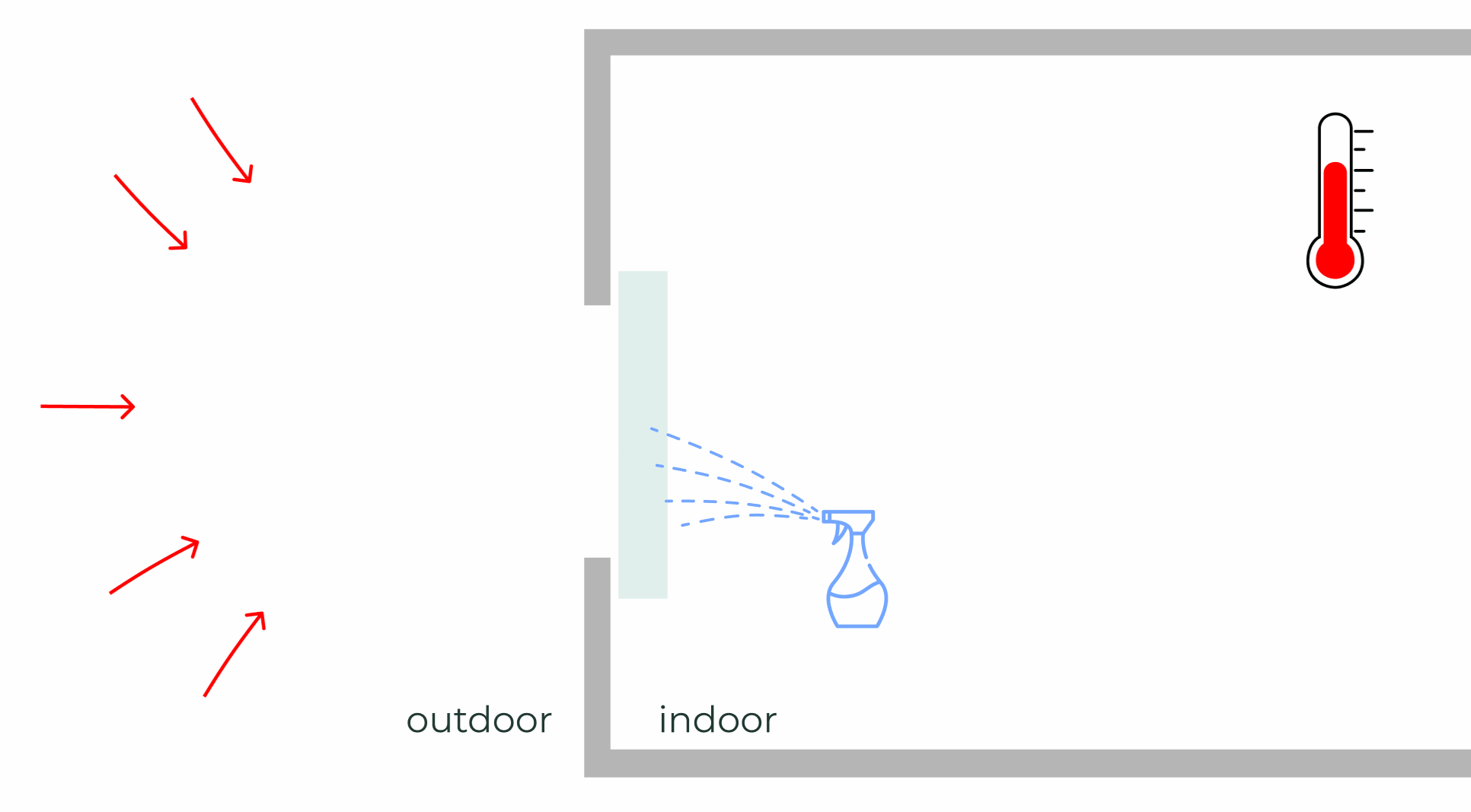
We have all experienced evaporative cooling when wearing a wet t-shirt on a warm but windy summer day. The phenomenon that causes the cooling effect is the latent heat of vaporization. As the hot and dry air is pushed through the fabric, the water evaporates and the heat in the air is absorbed. The cooled down air flows into the indoor space. The drier the air the stronger is the cooling effect which makes this ancient method especially suitable for dry climates.
The Venturi effect

The Venturi effect describes the phenomenon of wind that is channeled through narrow passages. Due to the pressure differences between outside and inside, the breeze is accelerated as it flows through the channels. This enhances the natural ventilation that is created for example through cross ventilation.
We combined both effects and created atmosphere+ which is a moist comb structure made from reused fabric. atmosphere+ can be used to cool down interior spaces and enforce the existent ventilation.
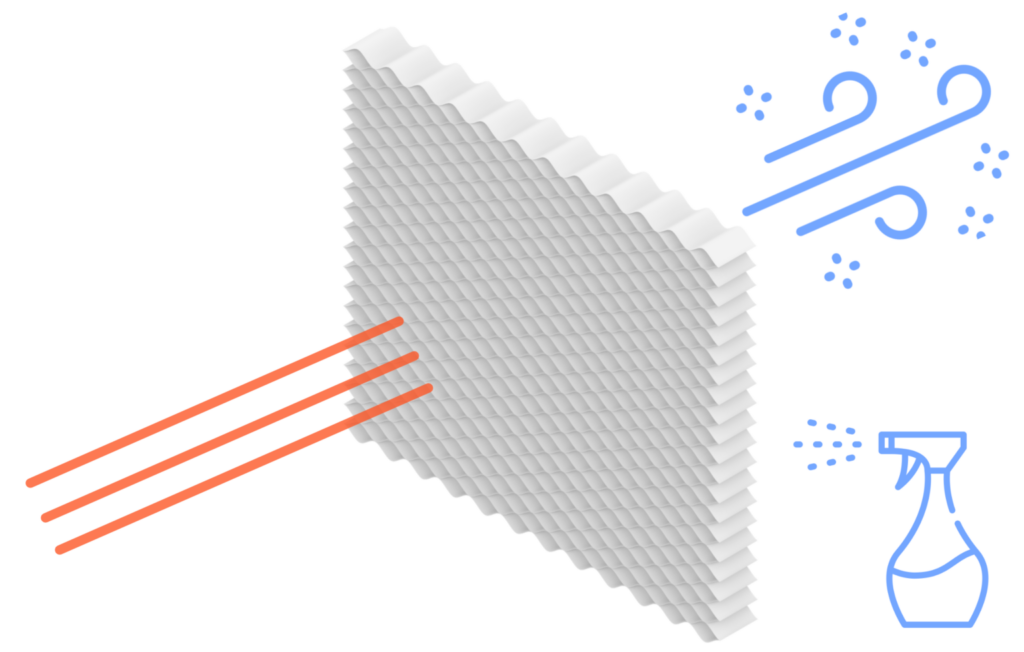
Hot and dry air from the outside flows through the moist fabric and is accelerated through the narrow channels. The room temperature is decreased through the cool breeze and the ventilation enhanced through the acceleration of the air. The comb structure increases the surface area of the device and makes the evaporative cooling more efficient.
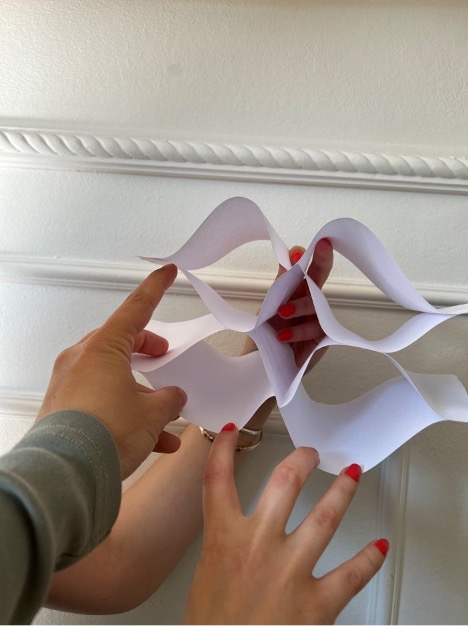
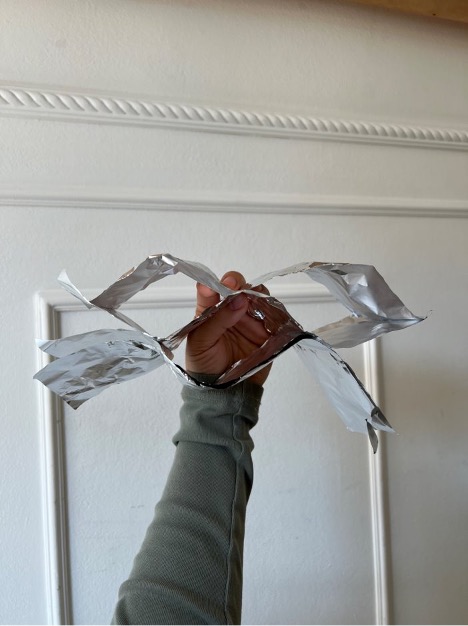
Proof of the concept
We consulted experts of natural ventilation and cooling from DTU Sustain and Velux for their expertise on the proposed methods and appropriate materials for the concept.
Bjarne W. Olesen (DTU)

Professor emeritus, Department of Environmental and Resource Engineering (DTU), Research Unit “Advanced systems for heating and cooling”
Thorbjørn Faering Asmussen (Velux)

Indoor climate engineer
“The effectiveness of the solution is mainly dependent on the local conditions. In drier and hotter places it works best and can be efficient.”
“No energy is needed for your solution to work. We haven’t looked into the application of ancient cooling and ventilation methods yet at Velux but I can see big potential for this solution in the support of conventional AC systems.”
Scientific proof of the concept
Several studies have shown the potential of evaporative cooling. The below table illustrates the cooling potential of different fabrics. The ambient temperature for the tests was at 22°C (±2°C) while the relative humidity was maintained at 15%. The temperature drop lies around 9°C.

Future tests
As a next step of the project, tests should be carried out where the the indoor climate of a control room is compared to a room where the concept of atmosphere+ is implemented.
As we are facing a change in Europe towards a drier and hotter climate, the proposed concept will gain importance in the future. Its potential lies in the support of AC devices.
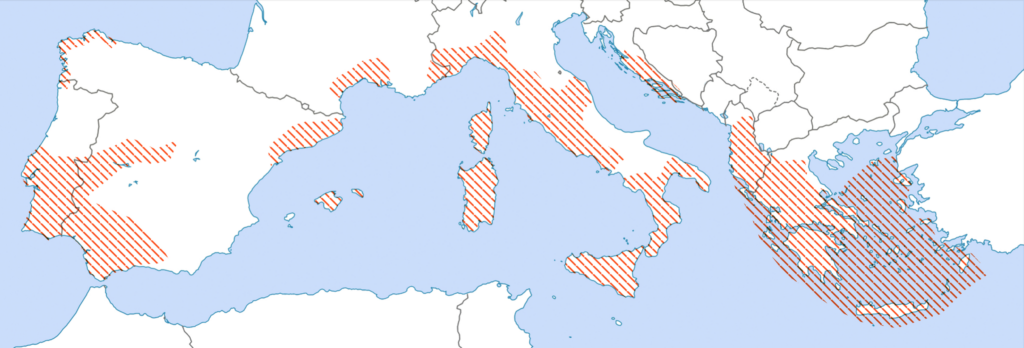
In general, the effectiveness of atmosphere+ is improved by:
+ Low ambient humidity
+ Increasing ambient temperature
+ Increasing surface area of evaporation (Comb structure)
+ Adding air movement/wind (Venturi effect and cross ventilation)
The assembly
We believe in circular systems and created atmosphere+ as a concept that can be easily assembled and disassembled.


Design for Disassembly
The different fabric layers are assembled in a pearl-chain manner. The connection between the fabric layers can for example be velcro fasteners. In this manner, the fabric can be washed or changed if the end-user wants to implement new colors or reflective fabrics for an improved light diffusion in winter.
The fabric that will be used for atmosphere+ is regenerated from textile waste and can enter the circular economy after the end of its life-time.
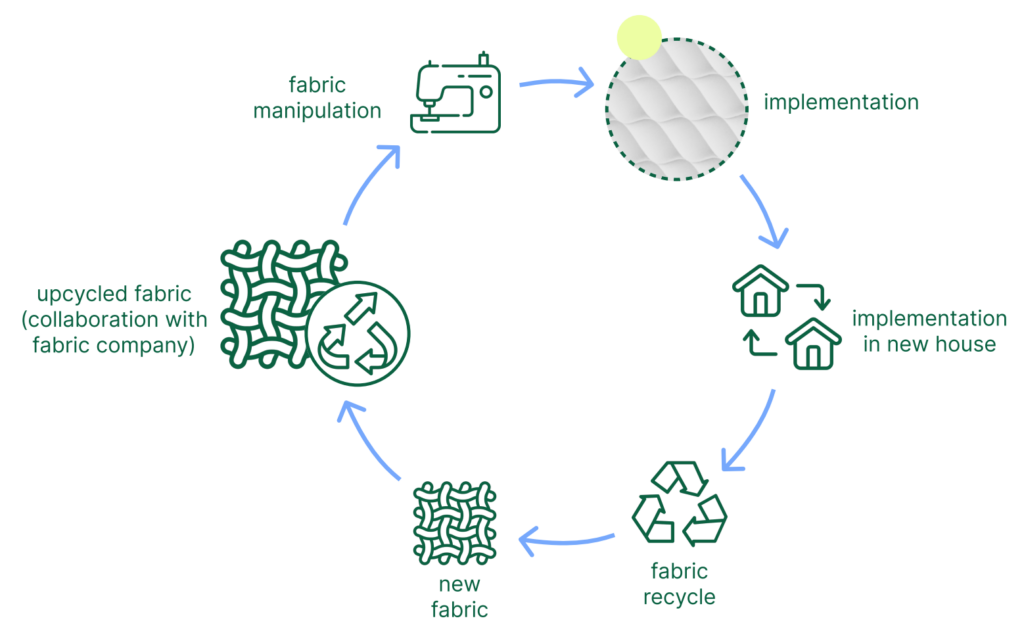
The solutions
There are many ways to integrate the concept in the design of individual homes, educational institutions and commercial spaces. Below different options are shown to implement the combined use of evaporative cooling and the Venturi effect.
The individual home
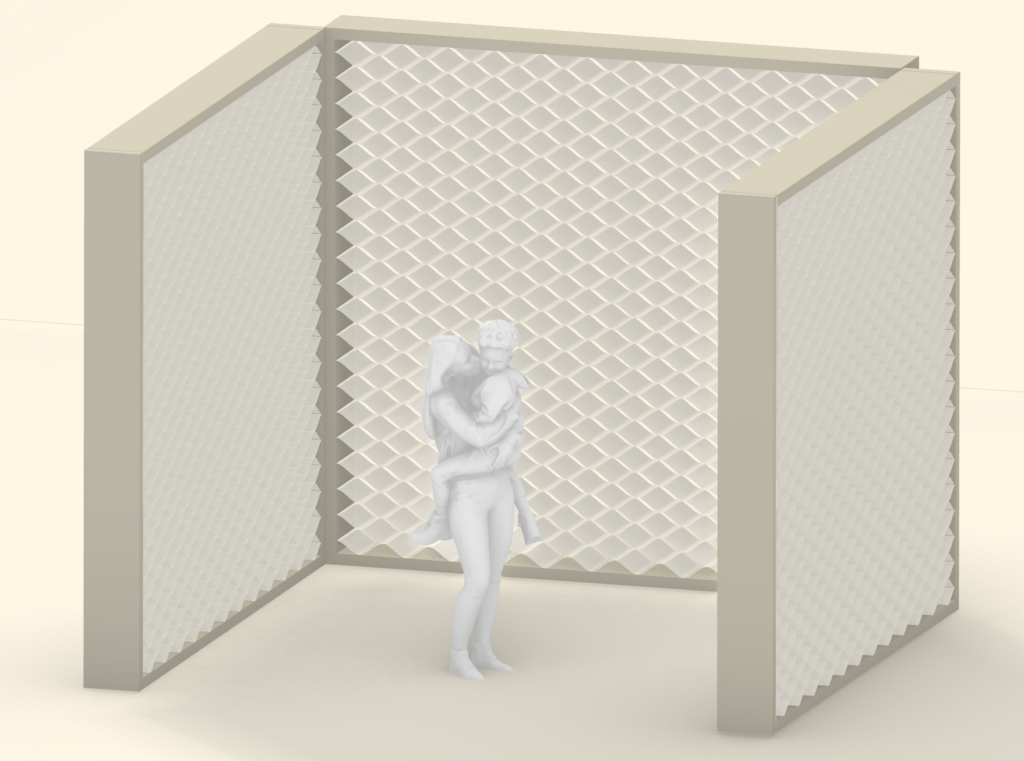
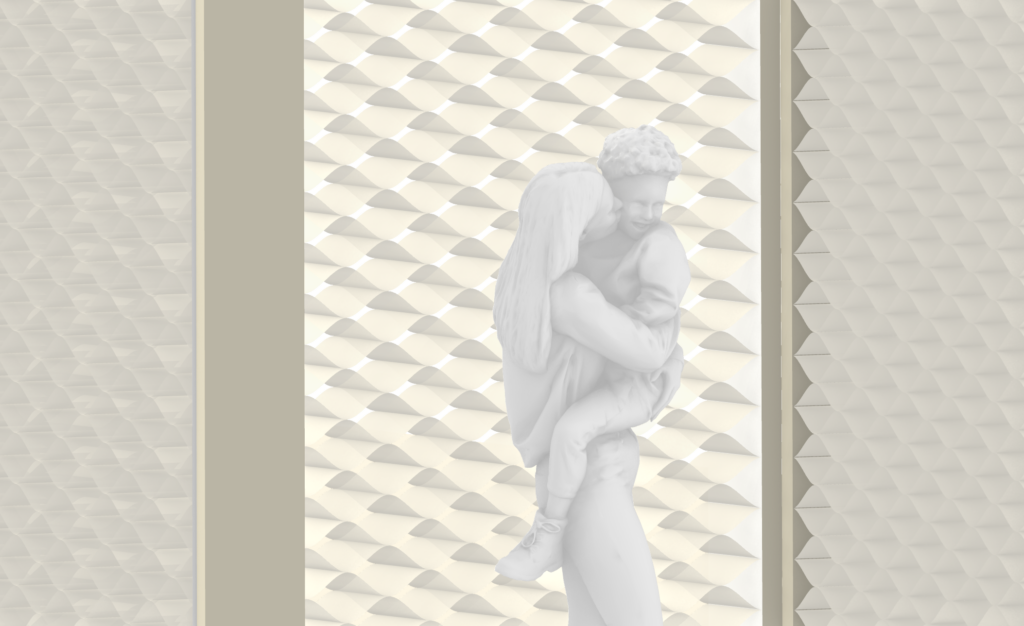
The pavilion
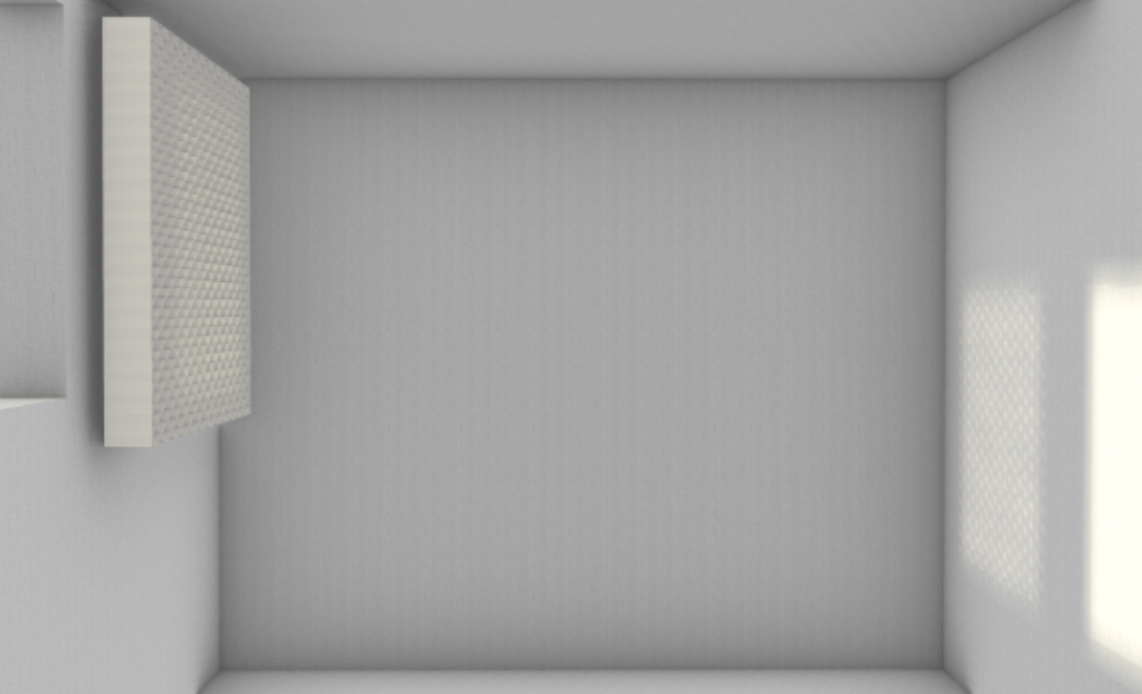
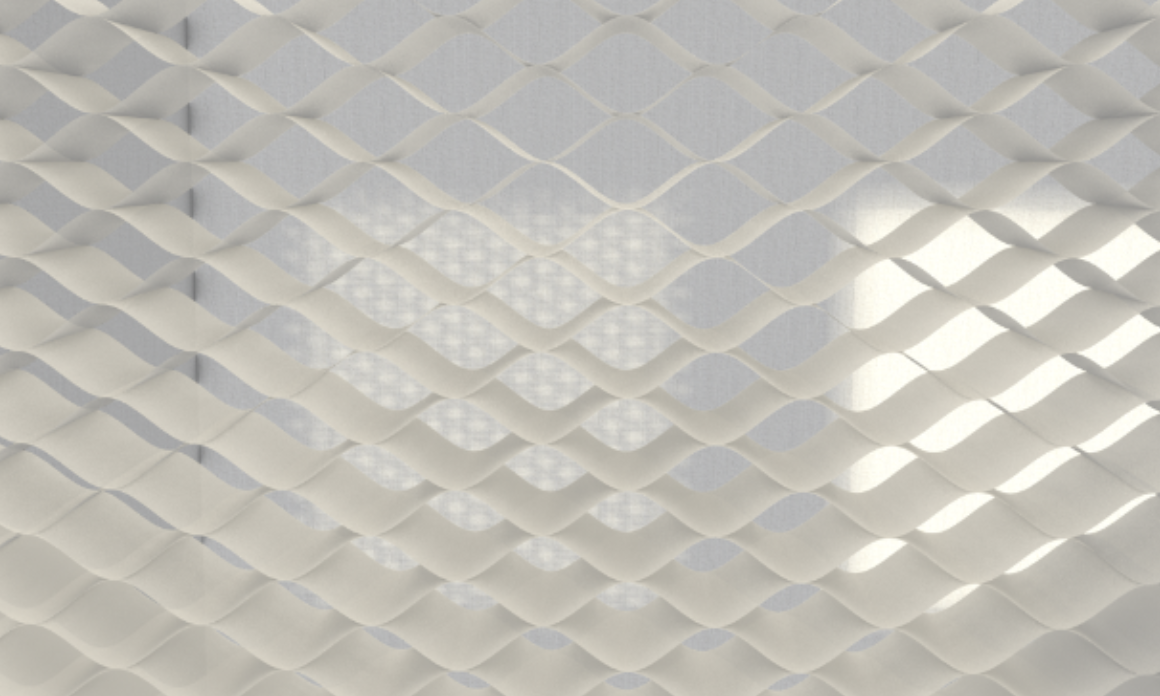
The impact

By providing a low-energy and low-tech concept that can be implemented in individual homes, public institutions and commercial spaces and that is made from reused fabric, this project contributes to the below shown UN Sustainable Development Goals.
The improved situation for the end user
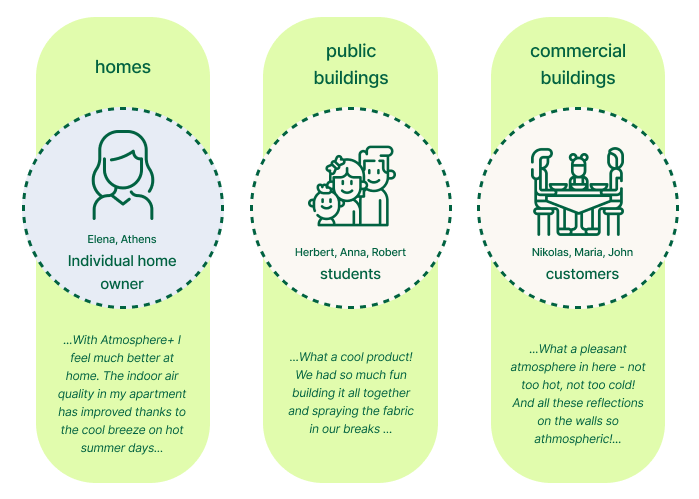

The road map
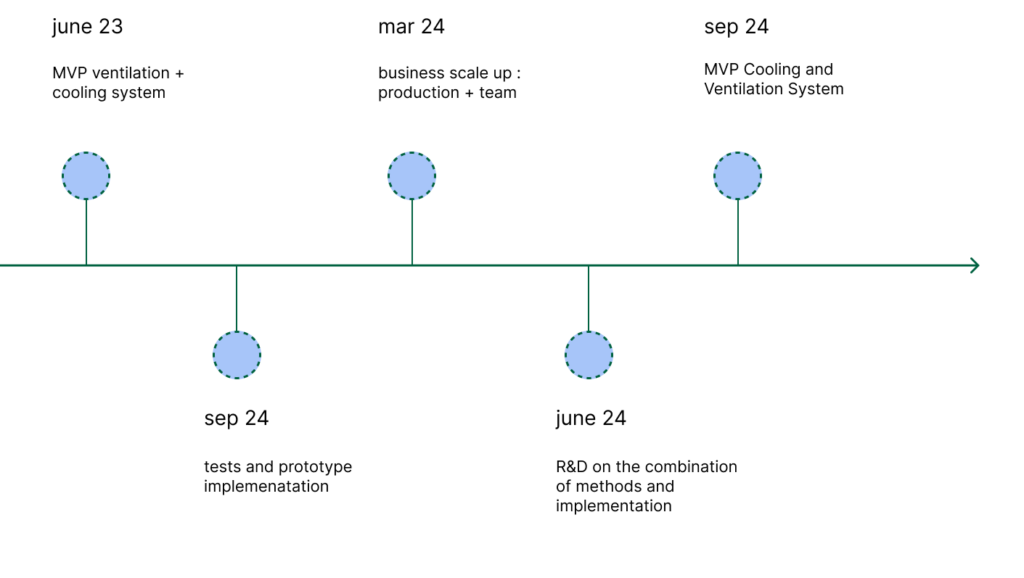

The Team
We are a multi-disciplinary design team from Greece and Germany. We combine knowledge in the areas Architecture, Product Design, Product Service Systems, Materials Science and Civil Engineering.
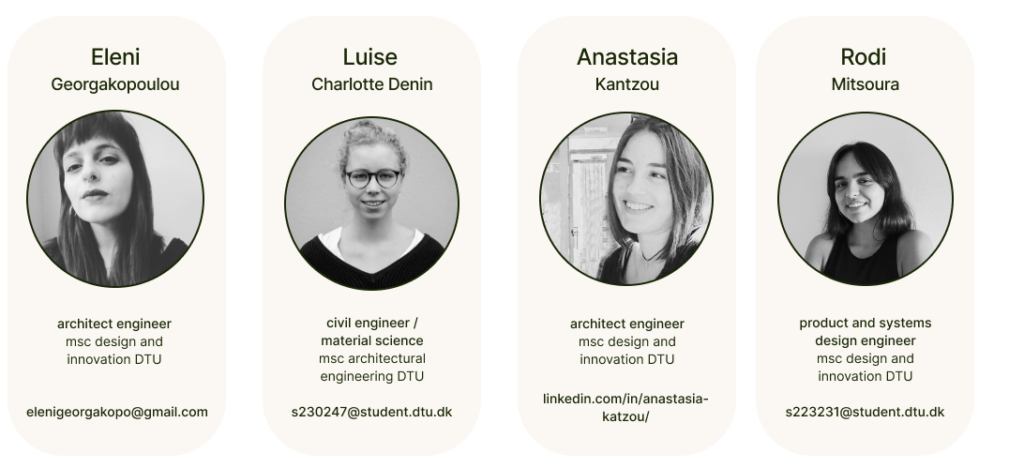
Contact Us
Please feel free to reach out to us. We are happy to receive your feedback.

FAQ
Why is the concept called “atmosphere+”?
atmosphere noun (at·mo·sphere); the character or mood of a place or situation.
With atmosphere+ we aim to improve the indoor environment for everyone and thus change the mood in individual homes, public institutions and commercial spaces to the better.
How do you solve the water problem as this resource is often scarce in dry climates?
We propose to use rainwater, that can be stored over a longer period and released delayed release. A second option is to take advantage of grey – household wastewater that comes from showers, laundry, bath or lavatory water and can be filtered easily.
See the below publication by New Mexico State University: https://pubs.nmsu.edu/_m/M106/#:~:text=Greywater%20is%20water%20that%20has,still%20be%20suitable%20for%20reuse.
How does the concept of atmosphere+ improve the indoor climate in winter?
We are in contact with fabric manufacturers in Denmark that are working on reflective fabrics which enhance the daylight by diffusing it into the room. The future goal is to provide privacy and create at the same time a pleasant daylight experience in winter.
Below you can find a photo from our prototyping:

References
[1] Gates, B. (2021). How to Avoid a Climate Disaster: The Solutions We Have and the Breakthroughs We Need. Knopf.
[2] Textile waste statistics: www.theroundup.org/textile-waste-statistics/
[3] Reischl, U. (2016). Fabric Cooling by Water Evaporation, Boise State University
[4] Map of Dry Climate in Europe: https://www.plantmaps.com/koppen-climate-classification-map-europe.php
